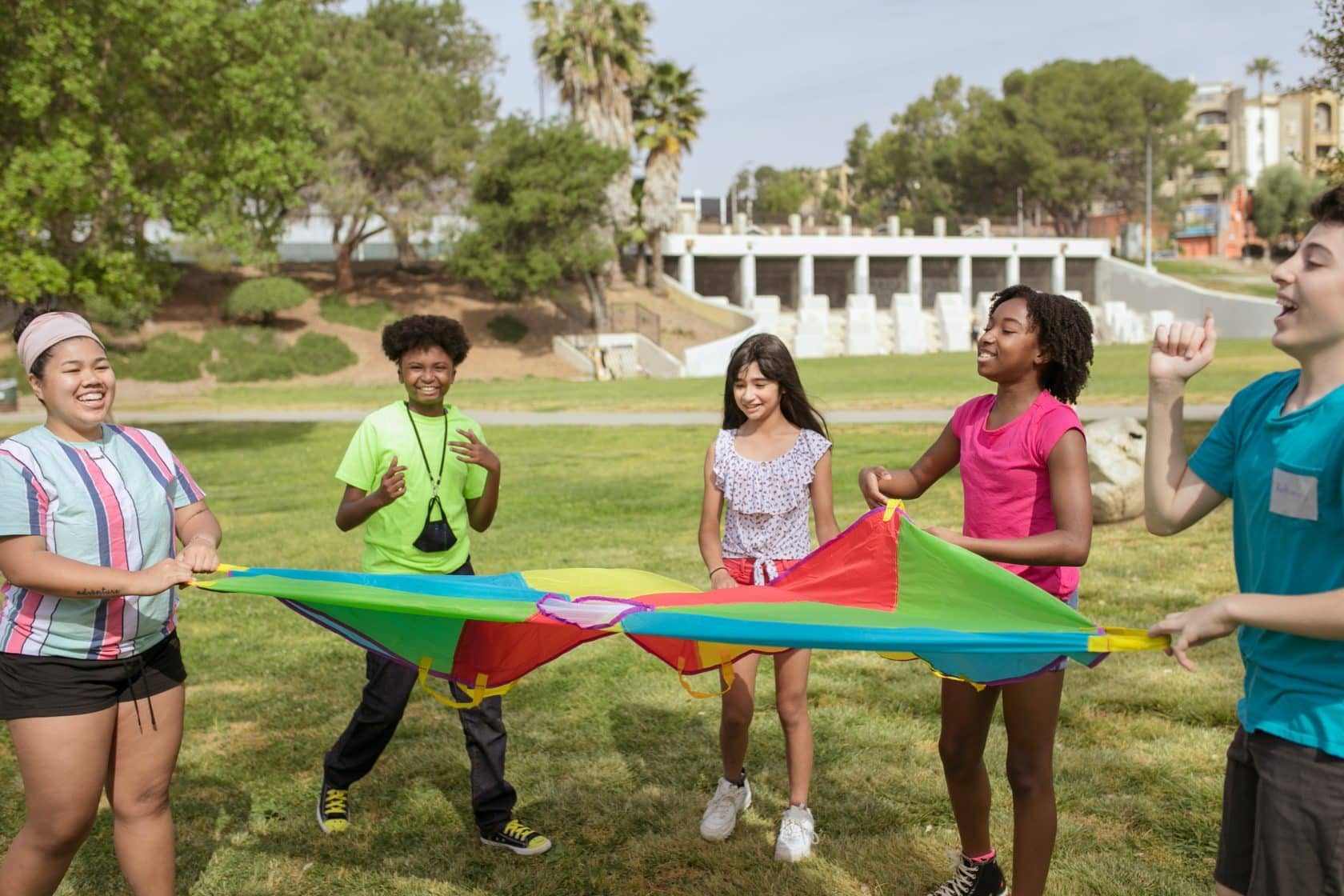Meet Susie, a 7-year-old girl with autism who struggles with social interactions. Here’s a hypothetical story that illustrates the aloof group concept in action:
- Susie is in her second-grade classroom, where her classmates work on a group project. While her peers are excitedly chattering and working together, Susie sits by herself at her desk, drawing quietly. Despite her teacher’s efforts to involve her, she seems uninterested in participating in the project.
- During recess, Susie goes to the playground, where she sees a group of girls playing hopscotch. She watches them for a few minutes, but when one of the girls tries to talk to her, she looks away and walks to a different part of the playground.
- After school, Susie’s mom takes her to a neighborhood block party. Many kids are running around and playing games, but Susie seems overwhelmed by the noise and crowds. She sits by herself on a bench, watching the other children from a distance.
- The next day at school, Susie’s teacher notices that Susie seems to be isolating herself from her classmates. She reaches out to Susie’s parents and suggests some resources to help Susie develop her social skills, such as occupational therapy or social skills groups.
By understanding the aloof group concept and recognizing when it is in action, parents and teachers can take steps to support children like Susie in their social development.
In conclusion, the aloof group concept is a social phenomenon that can impact individuals with special needs in various settings. Understanding and recognizing this behavior is essential for providing support and resources to help these people develop meaningful social connections. Goally’s tablet-based platform offers a range of apps and tools to help kids with special needs build important life and language skills, such as digital visual schedules, AAC, and gamified learning.













